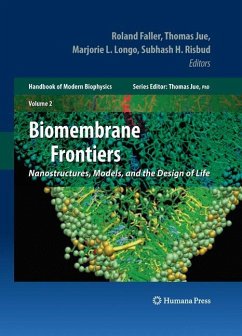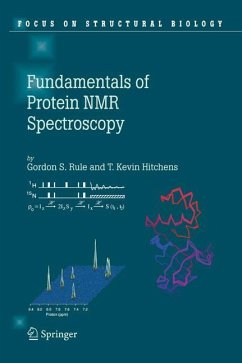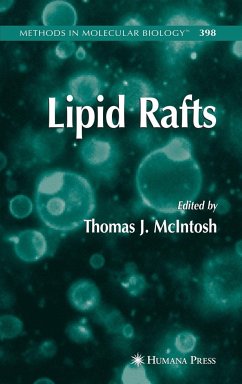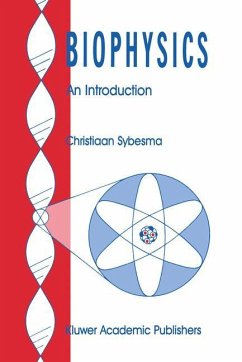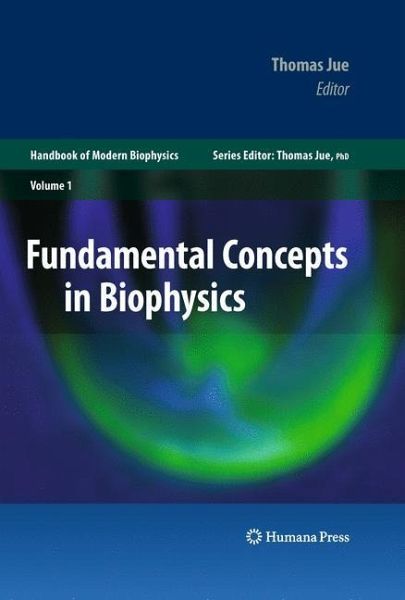
Fundamental Concepts in Biophysics
Volume 1
Herausgegeben: Jue, Thomas
Versandkostenfrei!
Versandfertig in 6-10 Tagen
83,99 €
inkl. MwSt.

PAYBACK Punkte
42 °P sammeln!
In the first volume, Fundamental Concepts in Biophysics, the authors lay down a foundation for biophysics study. Rajiv Singh opens the book by pointing to the central importance of "Mathematical Methods in Biophysics". William Fink follows with a discussion on "Quantum Mechanics Basic to Biophysical Methods". Together, these two chapters establish some of the principles of mathematical physics underlying many biophysics techniques. Because computer modeling forms an intricate part of biophysics research, Subhadip Raychaudhuri and colleagues introduce the use of computer modeling in "Computatio...
In the first volume, Fundamental Concepts in Biophysics, the authors lay down a foundation for biophysics study. Rajiv Singh opens the book by pointing to the central importance of "Mathematical Methods in Biophysics". William Fink follows with a discussion on "Quantum Mechanics Basic to Biophysical Methods". Together, these two chapters establish some of the principles of mathematical physics underlying many biophysics techniques. Because computer modeling forms an intricate part of biophysics research, Subhadip Raychaudhuri and colleagues introduce the use of computer modeling in "Computational Modeling of Receptor-Ligand Binding and Cellular Signaling Processes". Yin Yeh and coworkers bring to the reader's attention the physical basis underlying the common use of fluorescence spectroscopy in biomedical research in their chapter "Fluorescence Spectroscopy". Electrophysiologists have also applied biophysics techniques in the study of membrane proteins, and Tsung-Yu Chen et al. explore stochastic processes of ion transport in their "Electrophysiological Measurements of Membrane Proteins". Michael Saxton takes up a key biophysics question about particle distribution and behavior in systems with spatial or temporal inhomogeneity in his chapter "Single-Particle Tracking". Finally, in "NMR Measurement of Biomolecule Diffusion", Thomas Jue explains how magnetic resonance techniques can map biomolecule diffusion in the cell to a theory of respiratory control.
This book thus launches the Handbook of Modern Biophysics series and sets up for the reader some of the fundamental concepts underpinning the biophysics issues to be presented in future volumes.
This book thus launches the Handbook of Modern Biophysics series and sets up for the reader some of the fundamental concepts underpinning the biophysics issues to be presented in future volumes.



